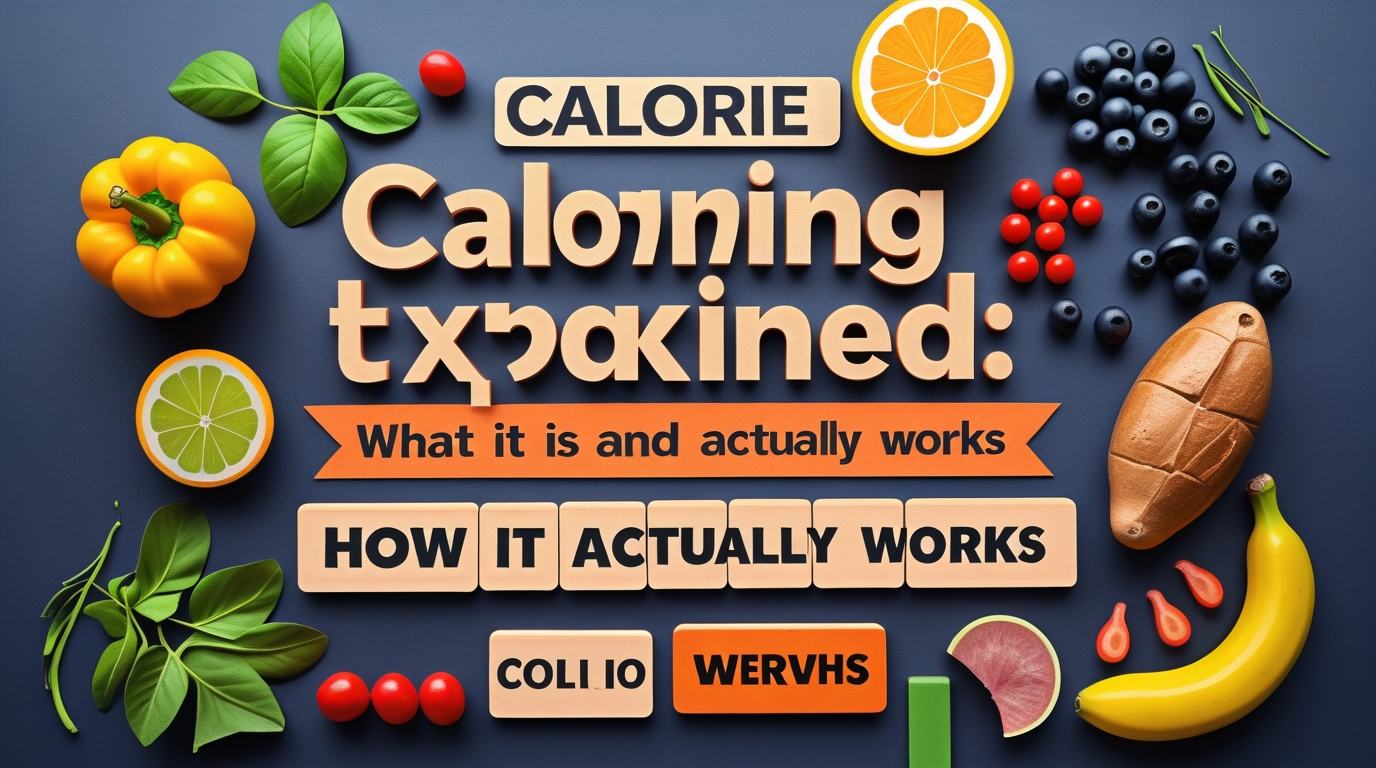Weight loss calorie tracking is a powerful tool that can help you stay on track with your fitness goals. By tracking the calories you consume, you gain insight into your eating habits, making it easier to make healthier choices and manage your weight effectively.
What is Weight Loss Calorie Tracking?
At its core, calorie tracking is the process of recording the amount of energy, measured in calories, that one’s body consumes through food and beverages. But it isn’t just about numbers. This method helps you understand the nutritional value of what you’re consuming, ensuring that your diet supports your health and fitness goals.
The Science Behind Weight Loss Calorie Tracking
Calories are units of energy that our bodies use to perform all functions, from breathing to running marathons. To lose weight, you must burn more calories than you consume through a process known as a calorie deficit. Understanding how calorie tracking interacts with this concept helps facilitate safe and effective weight loss.
- Caloric Energy Balance: To maintain your current weight, your caloric intake must match your caloric expenditure.
- Deficit and Surplus: A calorie deficit leads to weight loss, while a surplus will cause weight gain.
- Daily Caloric Needs: This varies based on factors such as age, sex, weight, height, and activity level.
Benefits of Weight Loss Calorie Tracking
Tracking calories isn’t just about losing weight; it offers multiple benefits that extend into overall health improvements. Here’s why calorie tracking is important:
Understanding Your Eating Habits with Weight Loss Calorie Tracking
One of the biggest advantages of calorie tracking is the insight it provides into your eating habits. By logging your meals, you can see patterns that may contribute to weight gain or suboptimal nutrition. You become more mindful of portion sizes and the nutritional content of meals, promoting healthier choices.
How Weight Loss Calorie Tracking Aids Dietary Adjustments
Once you know where your calories are coming from, you can make targeted dietary adjustments to improve health and well-being.
- Identify Nutrient Deficiencies: Are you getting enough protein? Is your diet too high in carbs?
- Shift in Mindset: Awareness can promote a healthier relationship with food.
- Custom Tailored Nutrition: Adjust macronutrient intake to meet specific health goals, such as cutting down on sugars or increasing fiber.
How to Start Weight Loss Calorie Tracking
Now that you understand the importance and benefits of calorie tracking, it’s time to learn how to do it effectively. Follow these simple steps:
Choose the Best Tools for Weight Loss Calorie Tracking
There are numerous apps and platforms available to aid in calorie tracking, each with unique features to cater to different needs. Some popular options include MyFitnessPal, Lose It!, and Cronometer.
- Ease of Use: Choose a platform that’s user-friendly and accessible.
- Comprehensive Database: The larger the food database, the easier tracking will be.
- Extra Features: Consider apps with additional features like barcode scanning and meal suggestions.
Setting Realistic Goals for Weight Loss Calorie Tracking
Define what you hope to achieve with calorie tracking. Are you looking to lose weight, maintain your current weight, or build muscle?
- Set Realistic Goals: Aim for 1-2 pounds of weight loss per week for sustainability.
- Track Progress: Utilizing charts and progress trackers can help visualize results and motivate you.
- Consult Professionals: Consulting a nutritionist or dietitian can provide personalized insights and recommendations.
Common Challenges with Weight Loss Calorie Tracking and How to Overcome Them
Like any new practice, calorie tracking can present certain challenges. Here’s how to navigate them:
Finding Time for Weight Loss Calorie Tracking
In our busy lives, finding time to accurately log meals and snacks can be tough. To counter this, consider the following tips:
- Pre-plan Meals: Prepare meals in advance to streamline tracking.
- Utilize Downtime: Use idle moments to log your calories, like commuting or during break.
Managing Emotional Eating Through Weight Loss Calorie Tracking
Calorie tracking doesn’t account for emotional eating, a common weight-loss barrier. Addressing this requires a conscious effort:
- Mental Check-Ins: Regularly evaluate why you’re eating—is it hunger or something else?
- Mindfulness Practices: Incorporate meditation and stress-reducing techniques.
For more on tackling emotional eating, consider reading our post on Breaking the Cycle of Emotional Eating.
Is Weight Loss Calorie Tracking Right for You?
While calorie tracking isn’t for everyone, it offers a structured approach to managing your diet and achieving your weight loss goals. By enabling awareness of your eating habits and allowing you to make informed dietary choices, it can be a valuable ally in your journey towards improved health. If you’re ready to start, consider exploring our guide to Effective Weight Loss Strategies for more insights.
With this knowledge in hand, why not give calorie tracking a try? Join the conversation below, or subscribe to our newsletter for more health and wellness tips. Let us help guide you on the path to a healthier you!




Leave a Comment